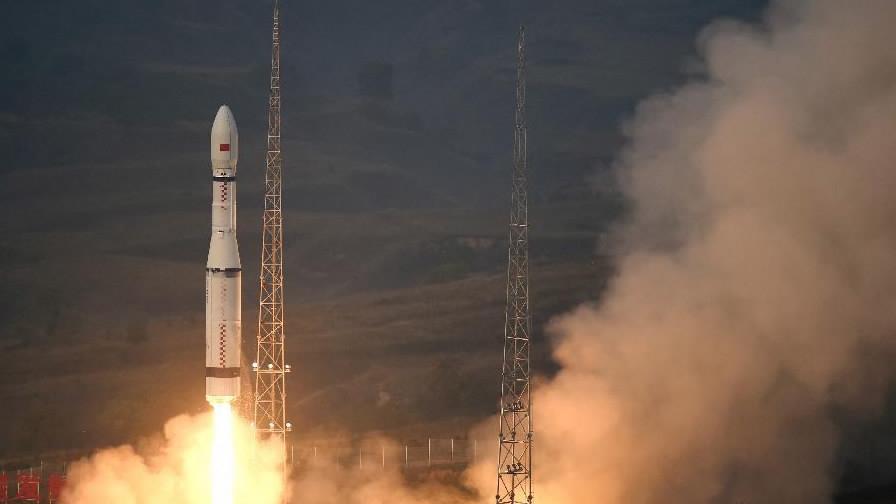
Space
21:03, 22-Sep-2017
China to launch 24 microsatellites to study Gamma-ray bursts

China's Tsinghua University has unveiled a plan to launch 24 microsatellites between 2018 and 2023 to detect short Gamma-ray bursts and help the study of gravitational waves.
This program was jointly initiated by the university and Spacety Research Institute, a Chinese space technology company, according to the university on Friday.
Short Gamma-ray bursts are considered to be electromagnetic counterparts to gravitational waves, the ripples in the fabric of space-time caused by violent collisions in the universe predicted by Albert Einstein's general theory of relativity.

Tsinghua University of China /Xinhua Photo
Tsinghua University of China /Xinhua Photo
In 2016, the Laser Interferometer Gravitational-Wave Observatory (LIGO) in the United States announced the first observation of gravitational waves.
Scientists believe that more accurate measuring and study of gravitational waves will help in exploring the origin of the universe.
As part of the program, microsatellites, also known as cube satellites, will carry scintillation detectors to detect and locate short Gamma-ray bursts and narrow the search scope for gravitational waves, said Feng Hua, a professor at the Tsinghua Center for Astrophysics.
Feng said the program was first proposed by students and it has completed an initial scientific appraisal.
Spacety is in charge of the majority of engineering work for the program, according to Yang Feng, CEO of Spacety.
Research and production for the first satellite for technical testing will be finished by the end of this year and is expected to be launched in 2018, Yang said.
13km
Source(s): Xinhua News Agency

SITEMAP
Copyright © 2018 CGTN. Beijing ICP prepared NO.16065310-3
Copyright © 2018 CGTN. Beijing ICP prepared NO.16065310-3